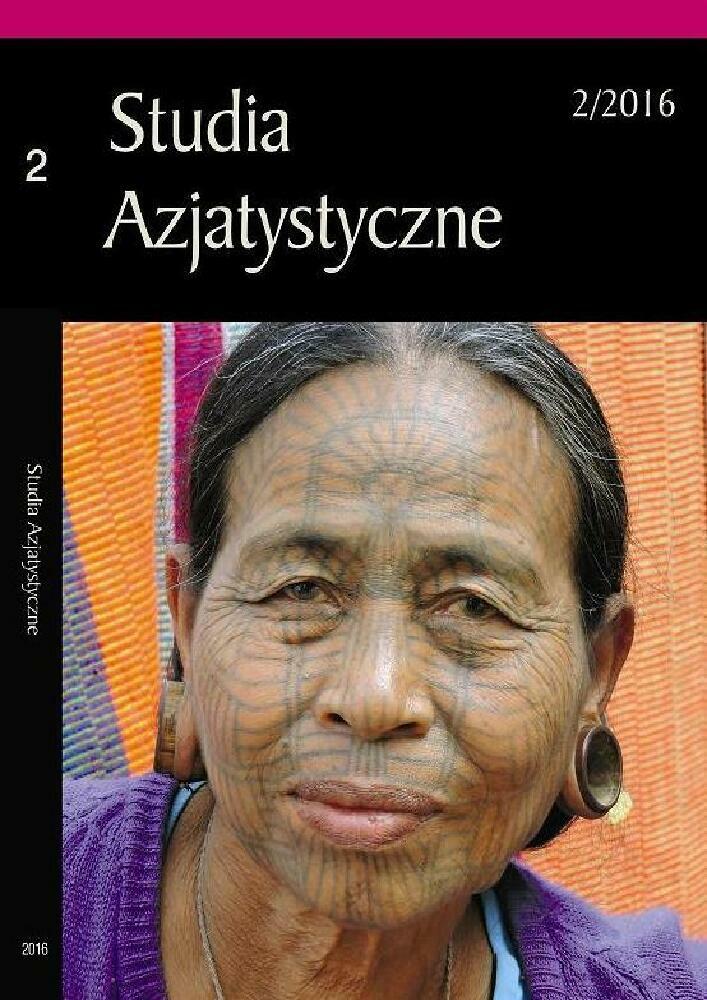Abstrakt
Yehuda Amichai (1924-2000), one of the greatest contemporary Israeli poets, lived and worked in Jerusalem for decades. In his works, he presents the image of Jerusalem as a city with a long and complicated history, a matter of dispute and a unique place on the map of the world. With remarkable skill he paints portraits of the holy city of three religions, an important center for many cultures, and a place of residence of several communities. From each of these perspectives (religious, political and social), Jerusalem in Amichai’s texts appears as a diversified city entangled in antagonisms. This article is intended to present selected fragments of the poet’s texts describing these urban confrontations from the perspective of an individual – a sensitive and a concerned resident of Jerusalem. Then texts quoted show that Amichai sees his city as a microcosm in which mutual relations and tensions lose their merely local significance and gain a universal human meaning. Scenes from everyday life become symbolic and acquire universal sense. History, an integral part of the Jerusalem landscape, involves the residents and affects their perception of the world.
Bibliografia
Amichaj, Jehuda. 1987. Šīrē Yərūšālayim. Mahaḏūrāh dū-ləšōnīṯ (. שירי ירושלים. מהדורה דו-לשונית). Jerozolima, Tel Awiw: Hōṣāʾaṯ Šōqēn.
Amichaj, Jehuda. 2000. Koniec sezonu pomarańczy. Wybór wierszy. Tłum. Tomasz Korzeniowski. Izabelin: Świat Literacki.
Arpaly, Boaz. 2005. Yərūšālayim ḥaṯrānīṯ: Yərūšālayim kə-ṣōmeṯ məp̄arēq mīṯōsīm bə-šīraṯ Yəhūdah ʿAmīḥay (ירושלים חתרנית. ירושלים כצומת מפרק מתוסים בשירת יהודה עמיחי), Dapīm lə-meḥqār bə-sip̄rūṯ 14-15 (2005), 293-320.
Beer, Haim (red.). 1983. Ṣīpōr ha-ʾeḇen. Yərūšālayim ba-šīrāh ha-ʿiḇrīṯ he-ḥădāšāh (צפור האבן. ירושלים בשירה העברית החדשה). Tel Awiw: Hōṣāʾaṯ Šəḇaʾ.
Blat, Avraham. 1974. Yəhūdah ʿAmīḥay – qōdeš wə-ḥōl: Tegoż (red.). Təḥūmīm wə-ḥōtām (יהודה עמיחי - קודש וחול. בתוך תחומים וחותם). Tel Awiw: Hōṣāʾaṯ Sigālīṯ, 117-127.
Granot, Moshe. 2009. Leqsīqōn hīsṭōrī šel ha-sōp̄rīm ha-ʿiḇrīīm meāz tašaḥ (1948) (לקסיקון היסטורי של הסופרים העברים מאז תש''ח). Tel Awiw: ʾĂgūdaṯ ha- sōp̄rīm ha-ʿiḇrīīm bə-mədīnaṯ Yiśraʾel.
Hakak, Balfour. 1996. Kəmō bayiṯ šel šīr (כמו בית של שיר), Mōʾznayim 70, 10 (1996), 41.
Holtzman, Avner. 1997. Kārōḇ wə-ʾāsūr lānū šām – Yərūšālayim ha-ḥăṣūyāh bə-rəī ha-sip̄rūṯ ha-yiśraʾelīṯ (קרוב ואסור לנו שם - ירושלים החצויה בראי הספרות הישראלית): Avi Bareli (red.). Yərūšālayim ha-ḥăṣūyāh, 1948-1967 (ירושלים החצויה 1948-1967).
Jerozolima: Hōṣāʾaṯ Yad Yiṣḥāq Ben-Ṣəḇī, 202-223.
Madeyska, Danuta. 1999. Historia świata arabskiego: okres klasyczny od starożytności do końca epoki Umajjadów (750). Warszawa: Wydawnictwo Uniwersytetu Warszawskiego.
Źródła internetowe
Yehuda Amichai. 2015. The Institute for the Translation of Hebrew Literature, http://www.ithl.org.il/page_13198, dostęp: 30.10.2015.
Licencja

Ten utwór jest dostępny na licencji Creative Commons Uznanie autorstwa 4.0 Międzynarodowe.
